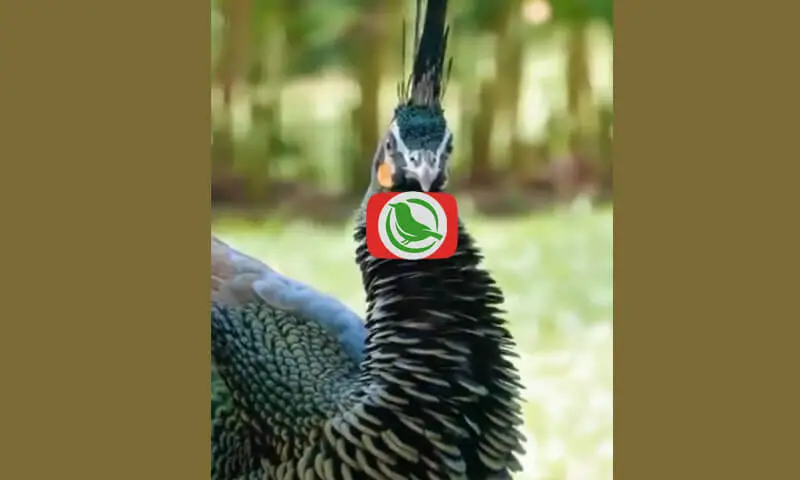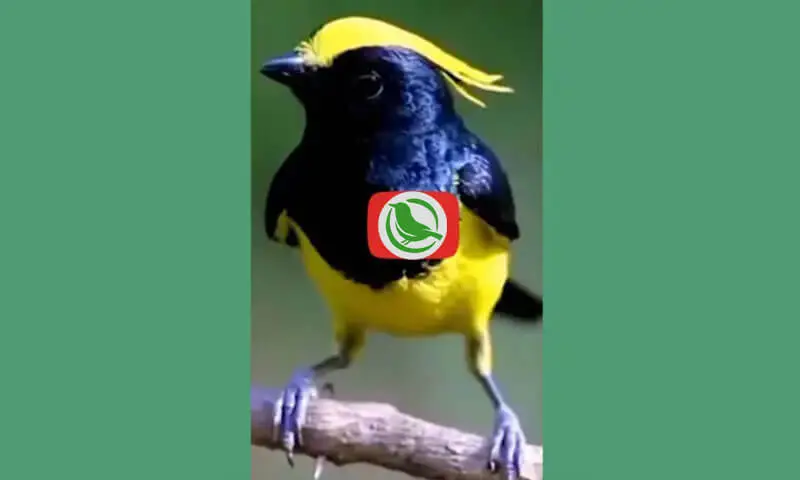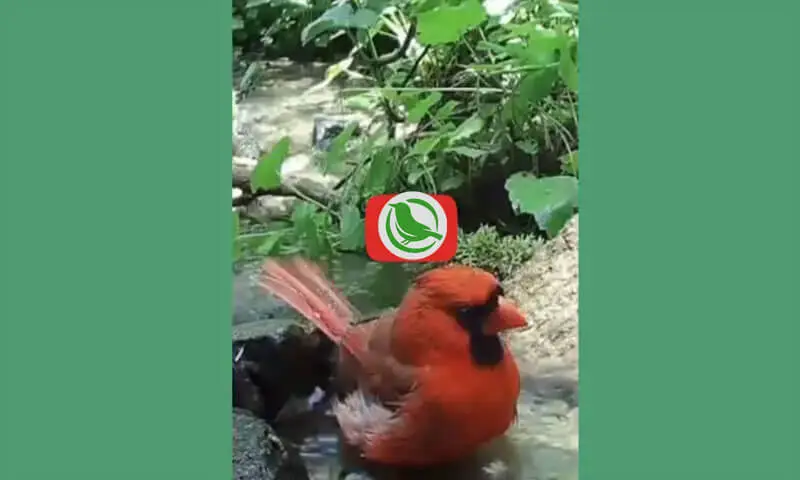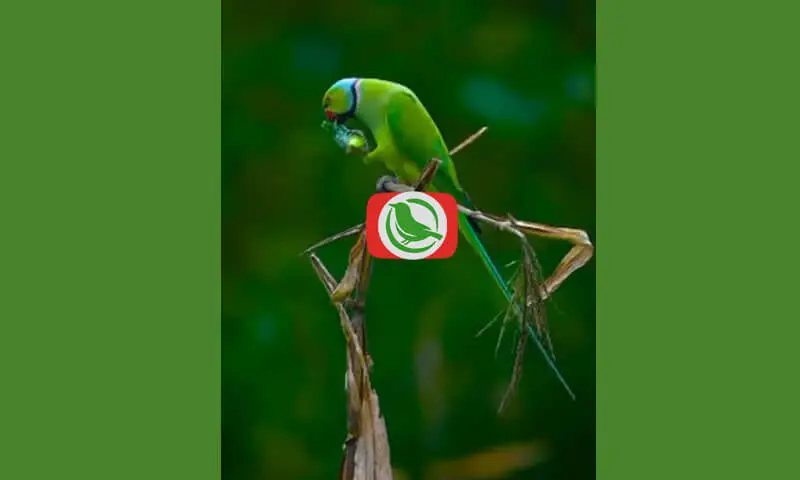The Green Peafowl, or Pavo muticus, is a bird species belonging to the Phasianidae family, known for its beautiful tail feathers and striking body colors. Native to Southeast Asia, particularly Indonesia and Myanmar, this bird has unique characteristics and beauty that set it apart from other species, including the common peacock (Pavo cristatus).
Characteristics of the Green Peafowl (Pavo muticus)
The Green Peafowl can be recognized by its bluish-green body color, with a bright purple neck. In males, the long tail feathers are strikingly blue, adorned with eye patterns at the tips, making it very distinct from other types of peacocks.
- Feather Color: Bluish-green, with purple accents on the neck.
- Size: Males can reach lengths of up to 2 meters, including their very long tails.
- Body Shape: They have a slimmer body compared to the common peacock.
Natural Habitat of the Green Peafowl
Green Peafowl inhabit dense, humid tropical forests, typically in lowland and mountainous areas at elevations of 300 to 2,000 meters above sea level. They prefer open areas with shrubs and tall trees, providing shelter from predators.
Unique Behavior of the Green Peafowl
Unlike the common peacock, the Green Peafowl is more territorial and tends to be more aggressive in defending its territory. While known for the loud calls emitted by males, they can also be very quiet and cautious when near threats or humans.
Characteristics and Habitat of the Green Peafowl (Pavo muticus)
Natural Habitat in Southeast Asia
The Green Peafowl (Pavo muticus) is found in several Southeast Asian countries, such as Myanmar, Thailand, Vietnam, and most of Indonesia, especially on the islands of Java and Bali. They often reside in lush tropical forests near water sources, where they can safely forage and find shelter.
Protection and Conservation
Currently, the Green Peafowl is classified as an endangered species, with populations declining due to habitat destruction, illegal hunting, and climate change. Conservation efforts are underway to establish national parks and conservation areas in Indonesia and other Southeast Asian countries.
Several conservation organizations are also working to ensure that Green Peafowl can be protected in their natural habitats and properly maintained in zoos.
Care and Maintenance of the Green Peafowl (Pavo muticus)
Guidelines for Keeping Green Peafowl
For bird enthusiasts looking to keep Green Peafowl (Pavo muticus), several aspects should be considered:
- Spacious Enclosure: Green Peafowl require a large, open enclosure to move freely. Ideally, the enclosure should have shaded areas and dust bathing spots.
- Healthy Diet: Their primary diet consists of grains, fruits, and some insects. Ensure they receive a balanced diet to stay healthy.
- Enclosure Cleanliness: Maintain cleanliness in the enclosure to prevent diseases. Regularly changing bedding and monitoring water quality is crucial for the birds’ health.
Daily Care
Caring for Green Peafowl also involves attention to their mental and physical well-being. Avoid stressful situations that could disrupt their eating habits and activities. Provide ample space for them to move and roam freely.
Why is the Green Peafowl (Pavo muticus) Endangered?
Causes of Population Decline
One of the main reasons for the decline of the Green Peafowl is the destruction of their natural habitat. The tropical forests they inhabit continue to diminish due to deforestation for agriculture and urbanization. Additionally, poaching poses a significant threat to their survival.
Conservation Efforts to Preserve the Green Peafowl
Conservation agencies in various countries have undertaken efforts to protect the Green Peafowl through programs such as hunting restrictions and forest conservation management. Although significant challenges remain, these efforts are expected to help increase their numbers in the wild.
Conclusion
The Green Peafowl (Pavo muticus) is an extraordinary bird with remarkable beauty and rich natural habitats in Southeast Asia. Although endangered due to various factors, conservation measures continue to be implemented to ensure their survival. With proper care, this bird can be appreciated and preserved for future generations.





